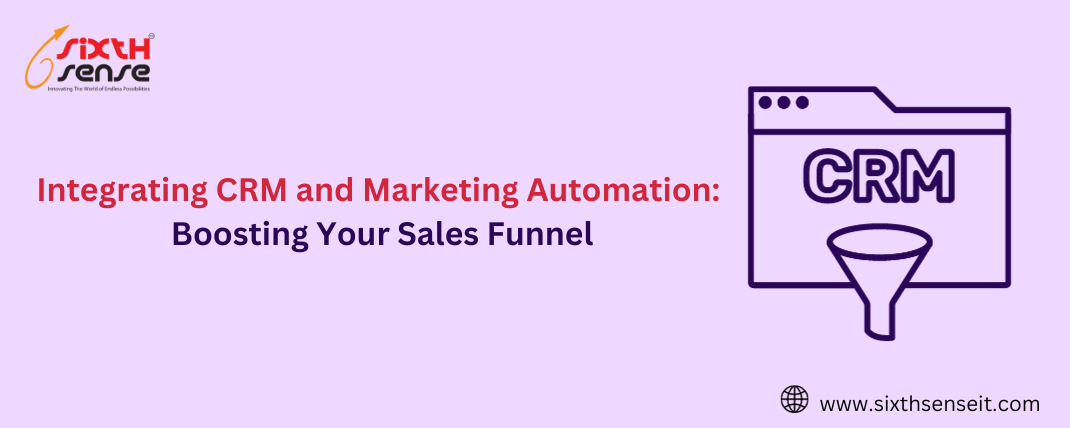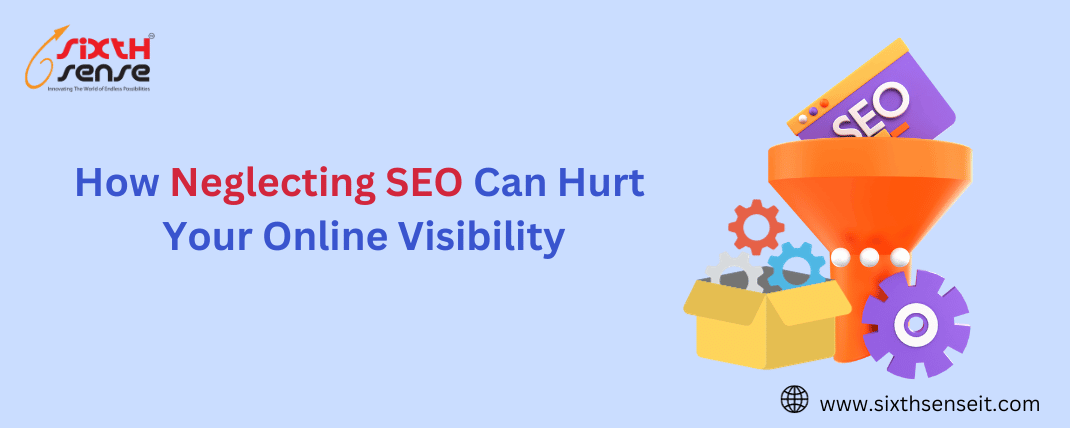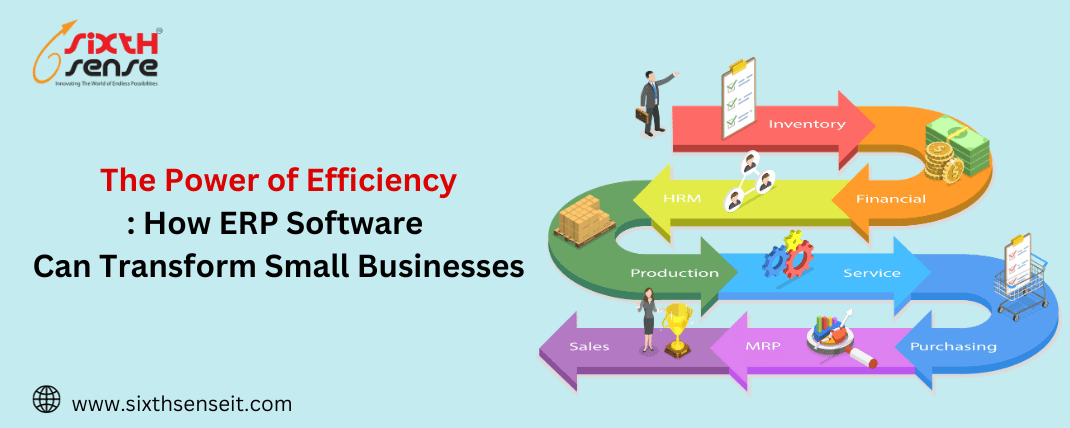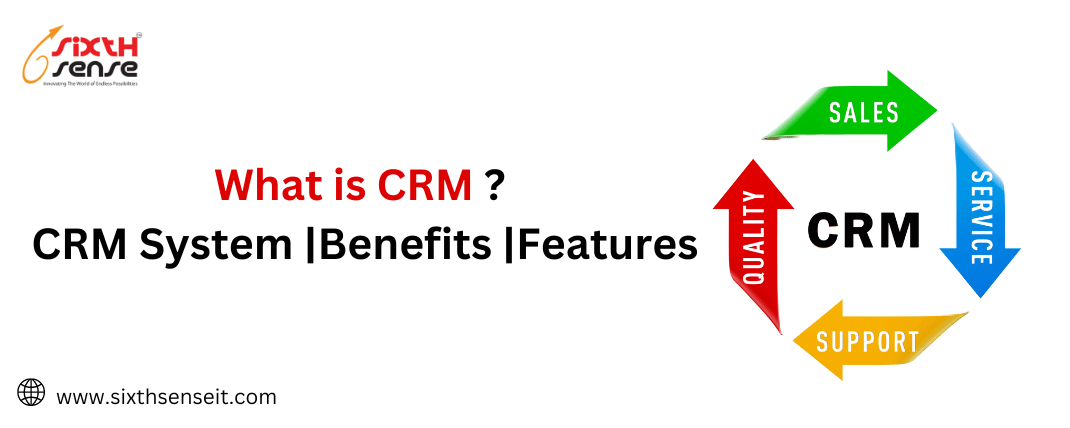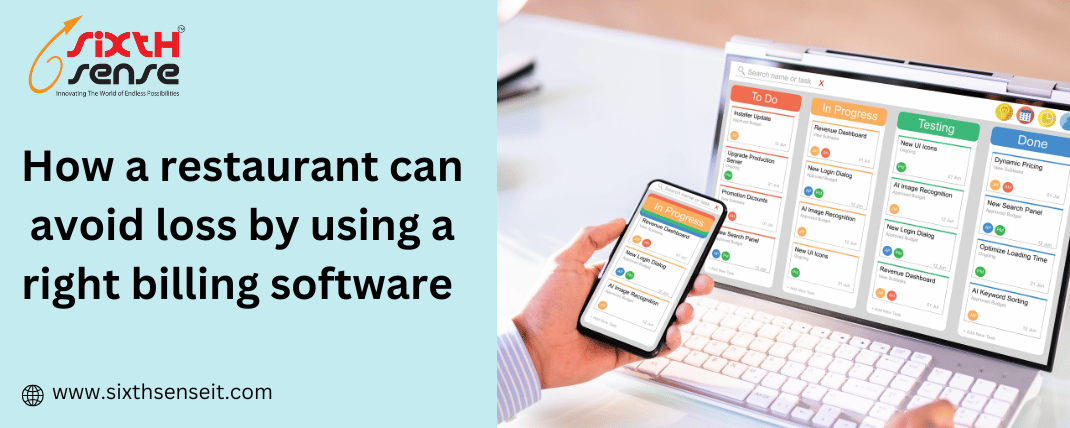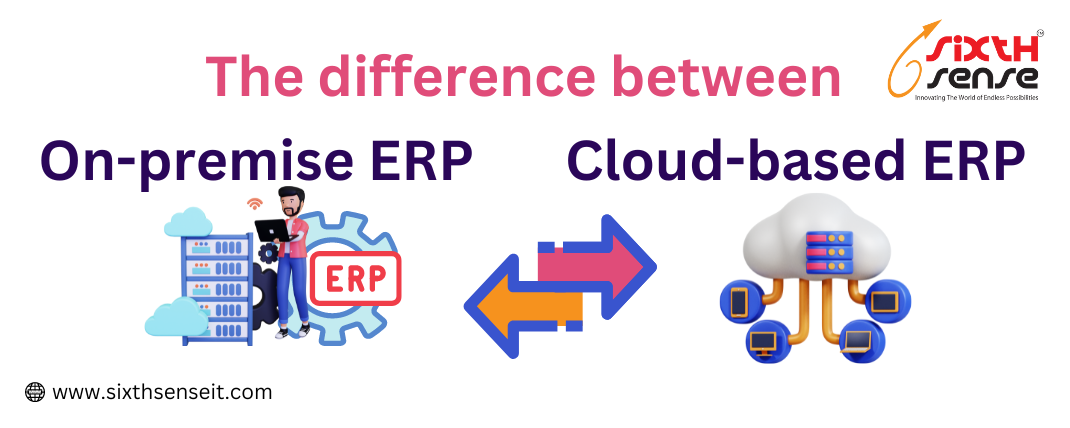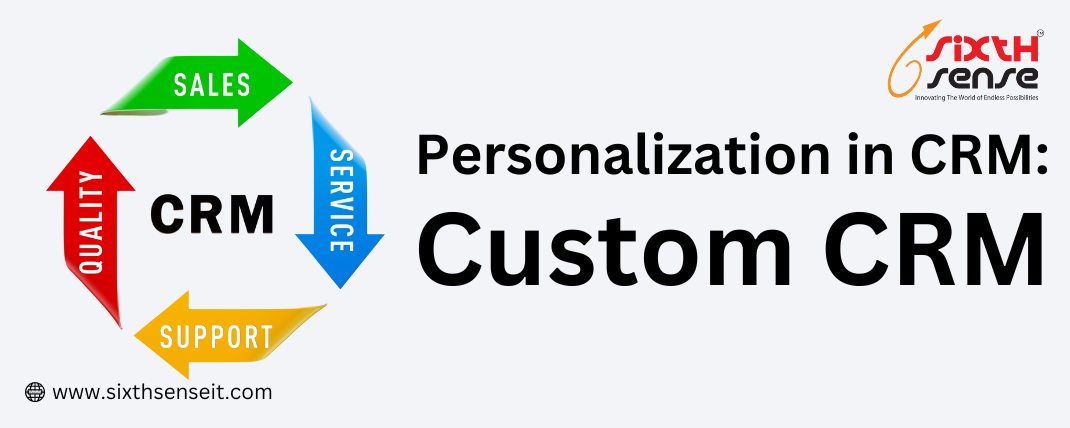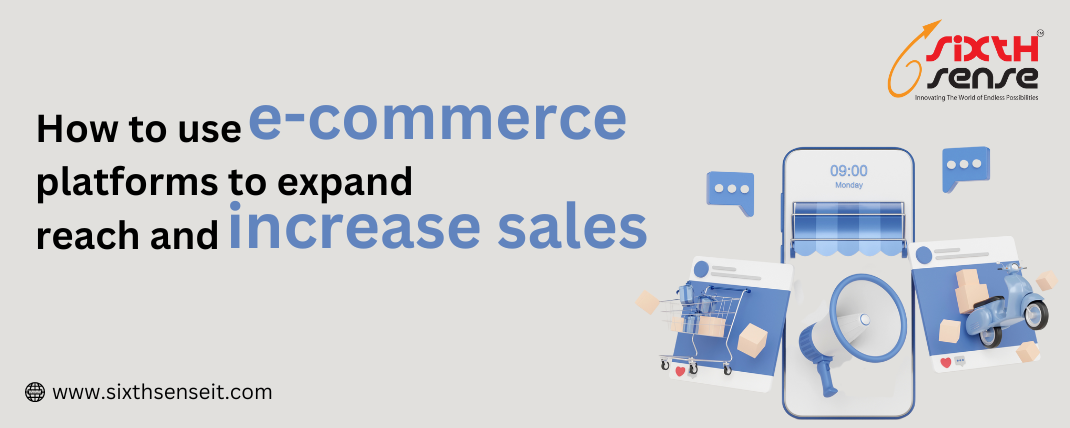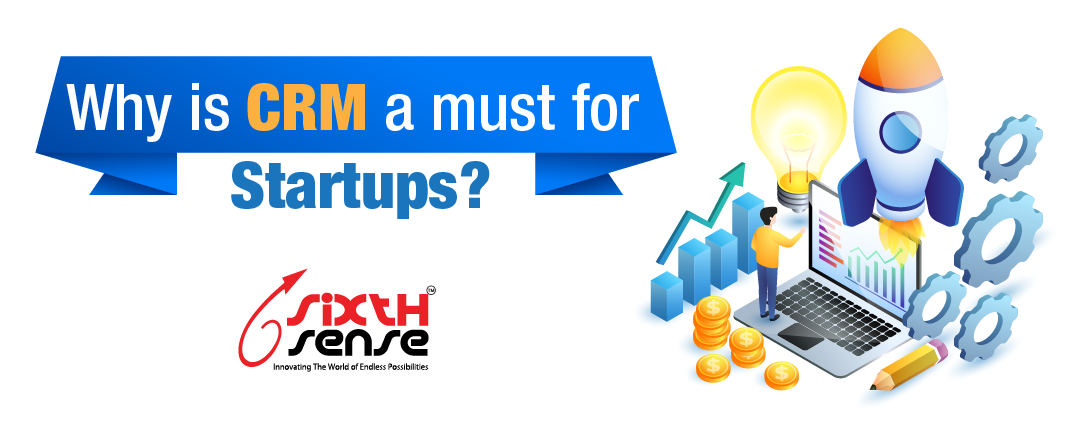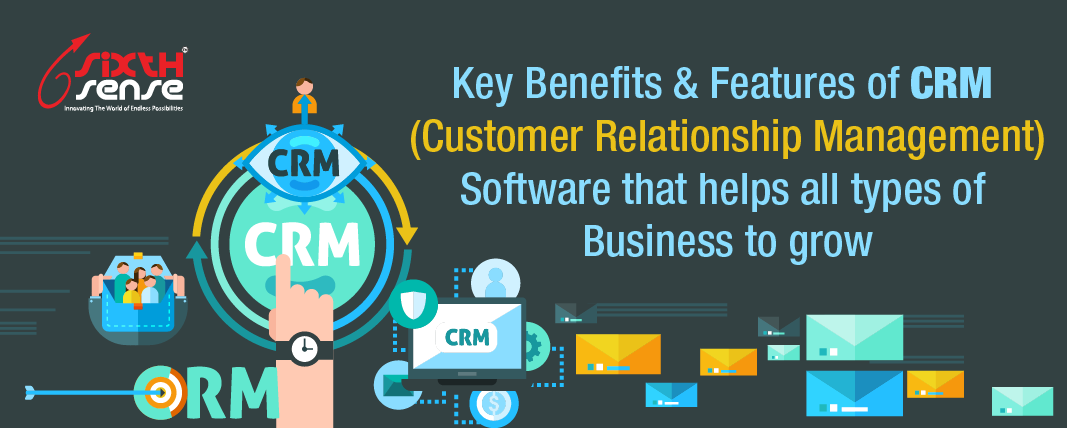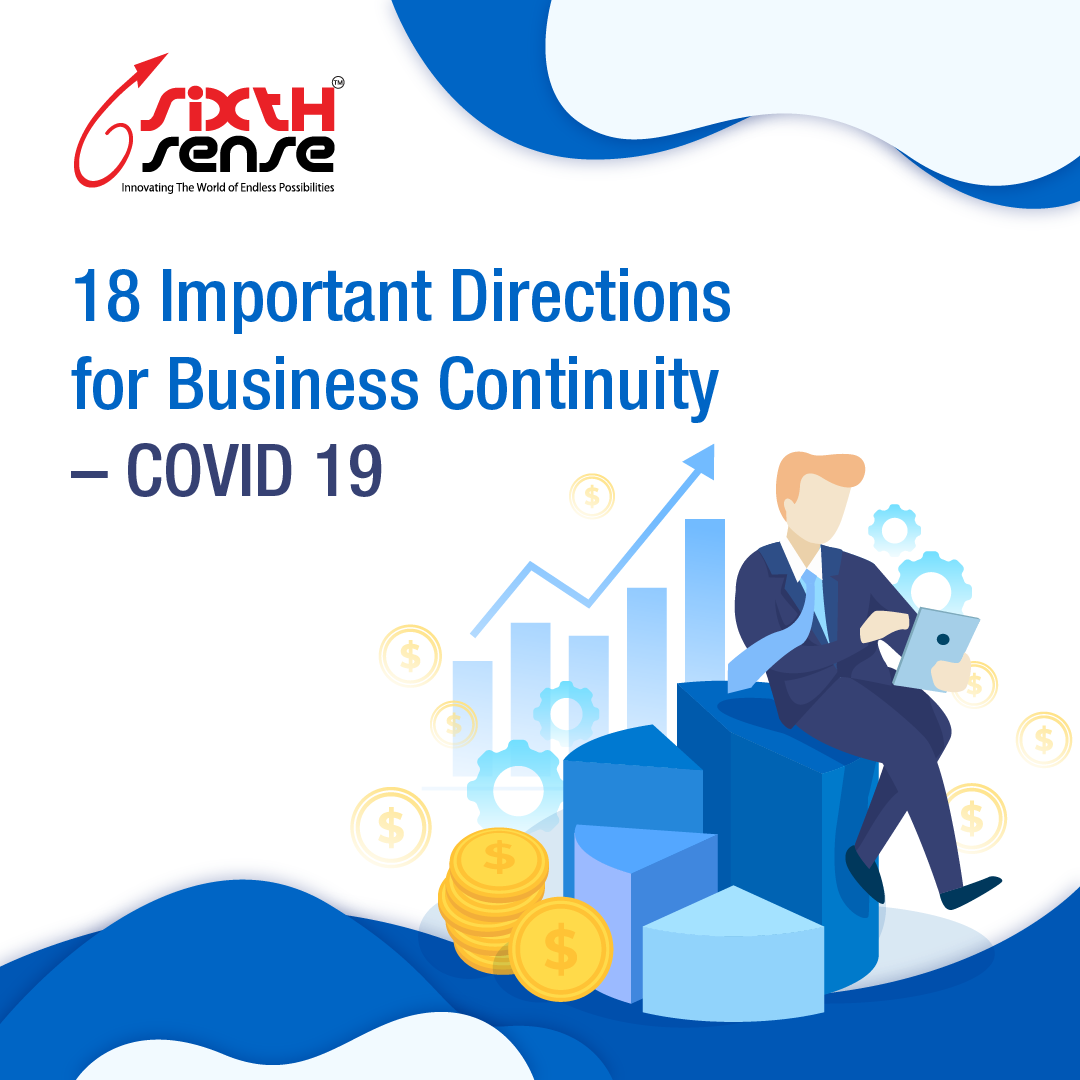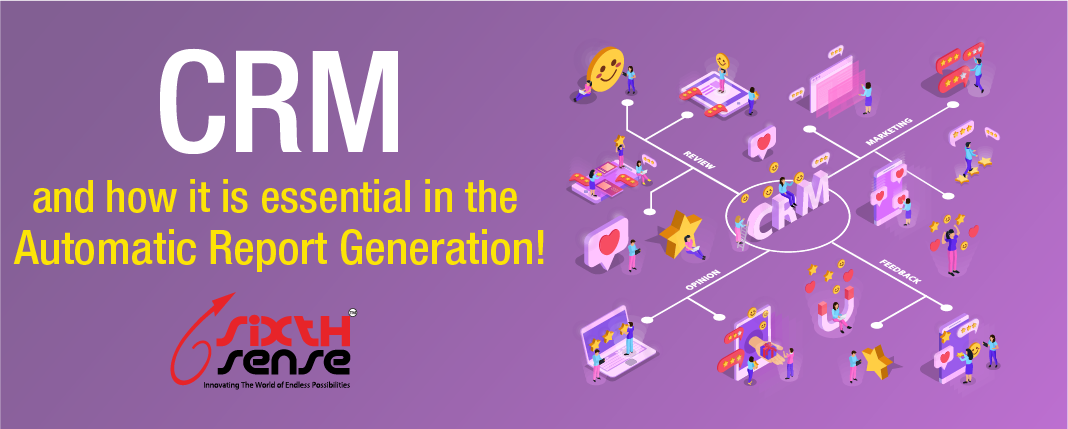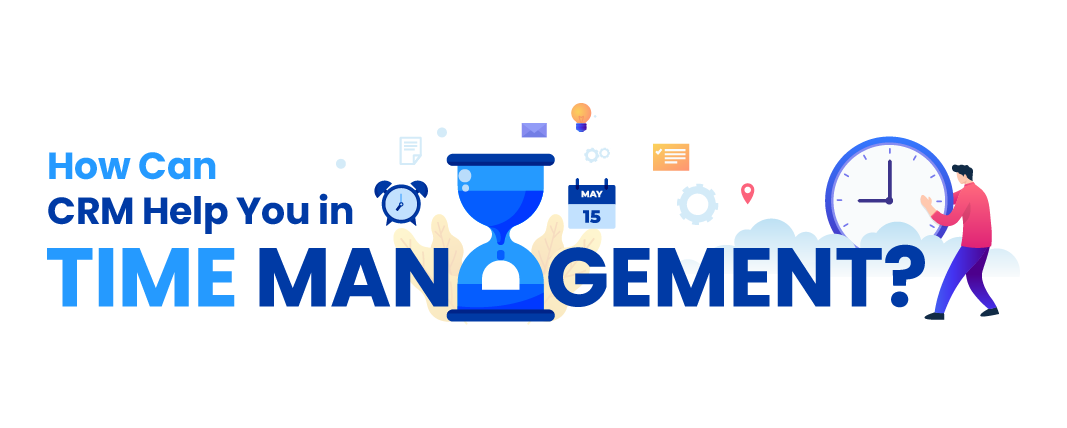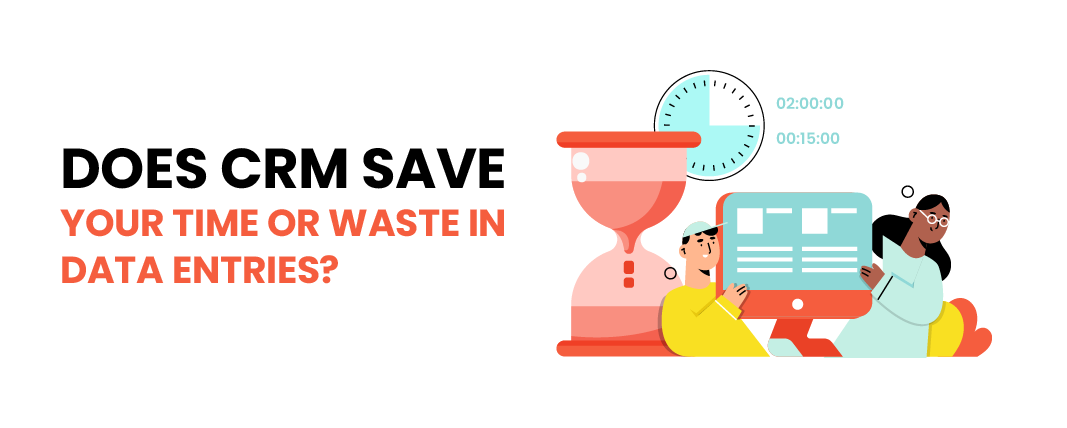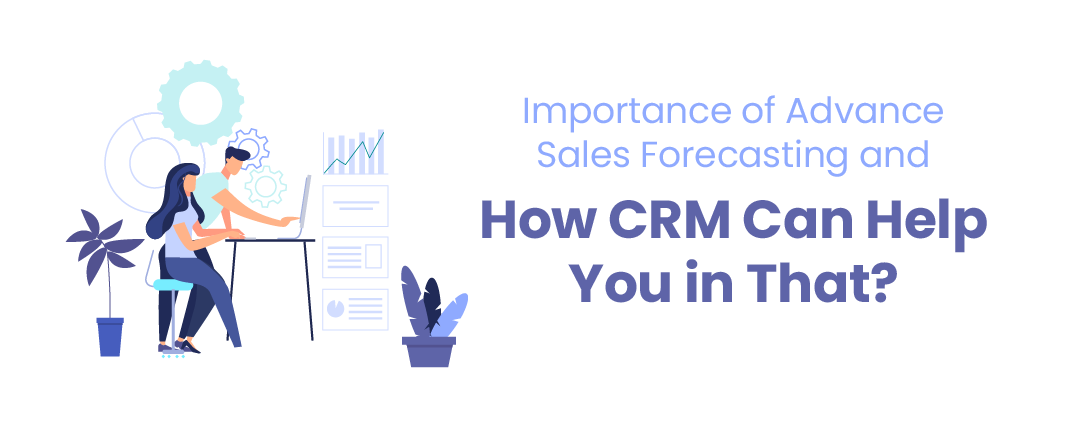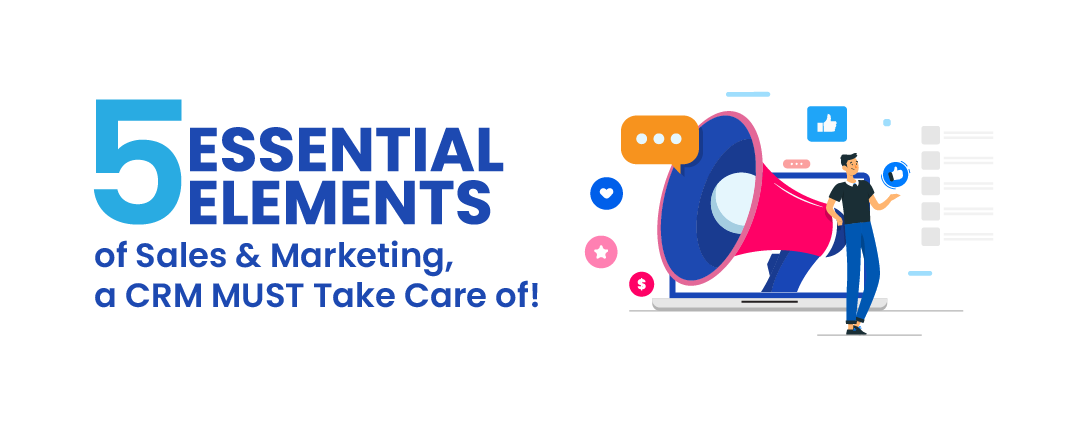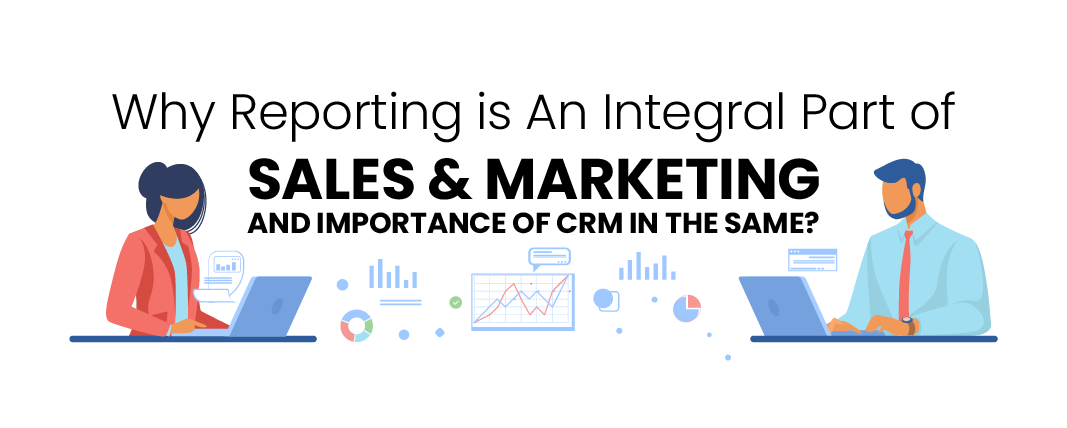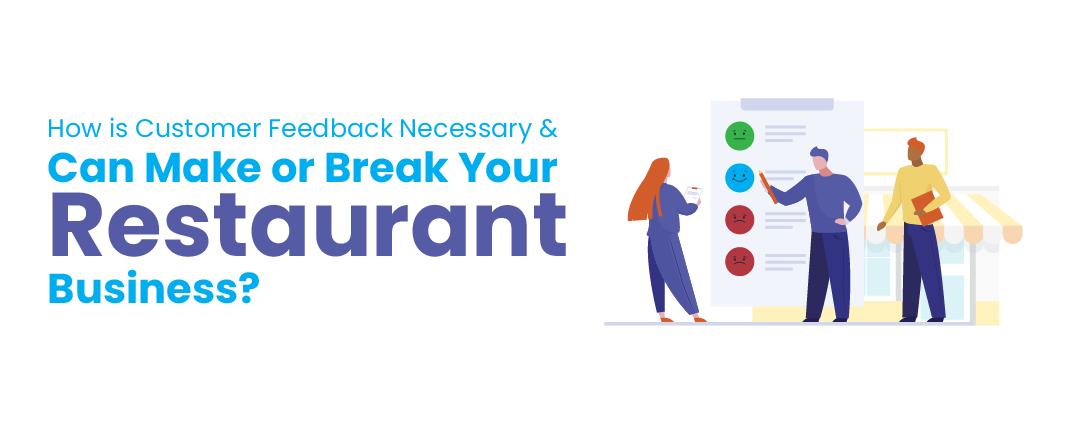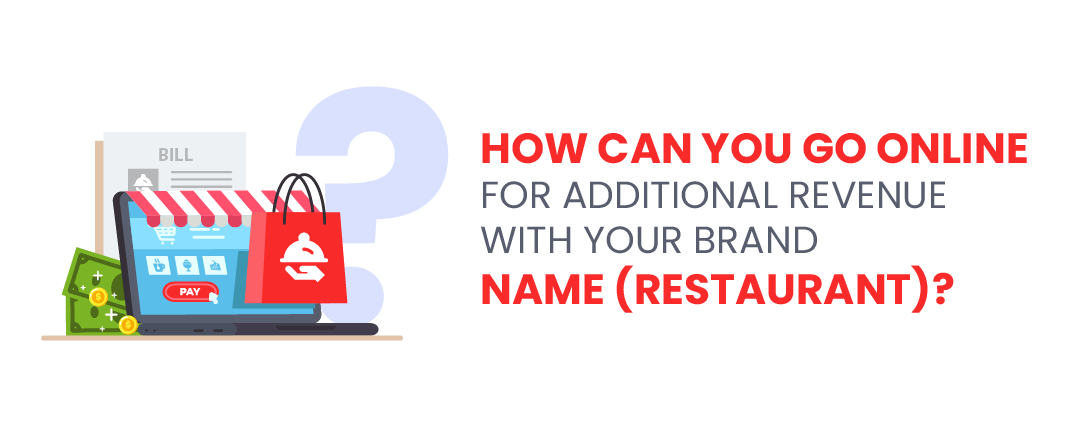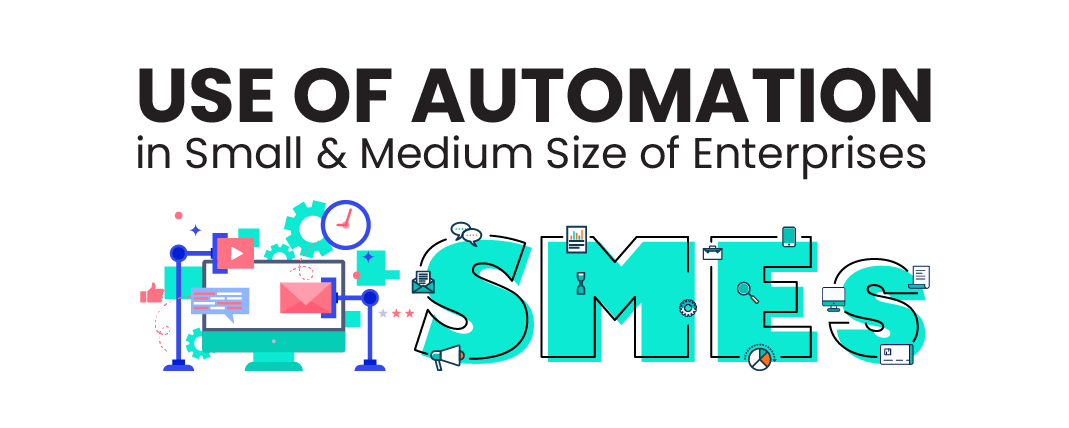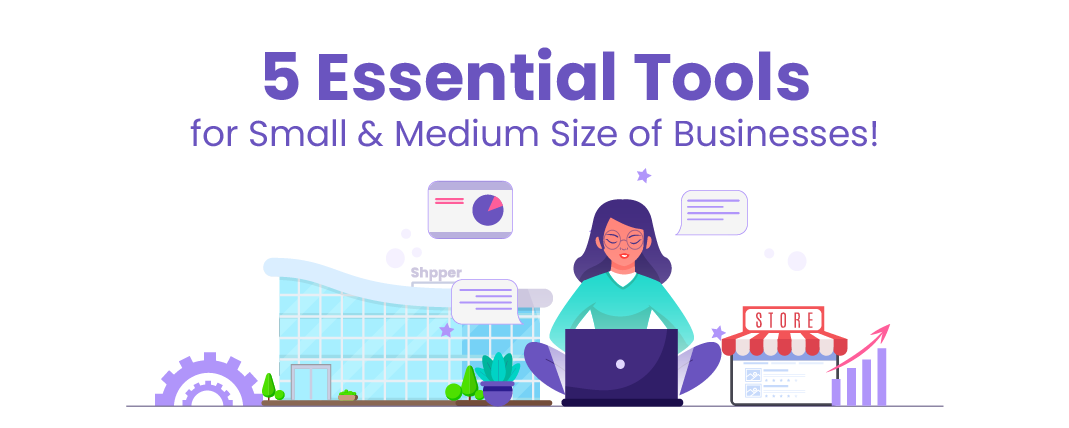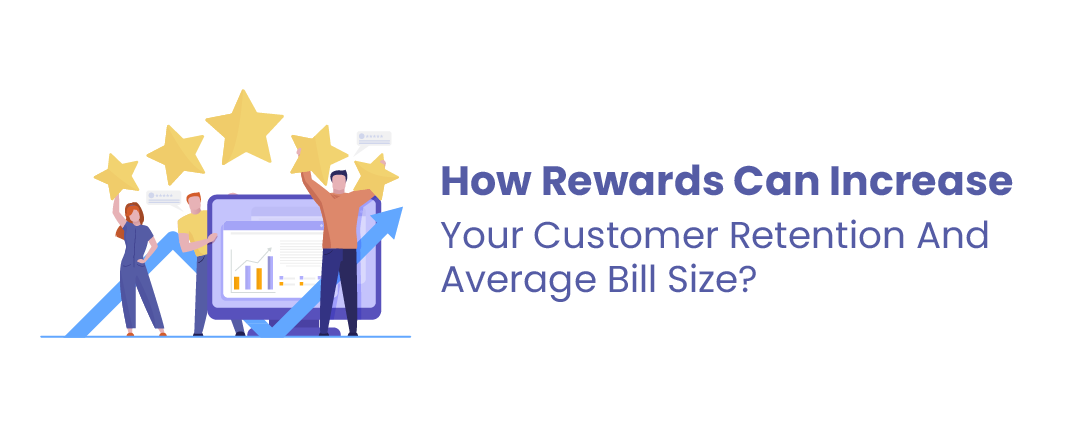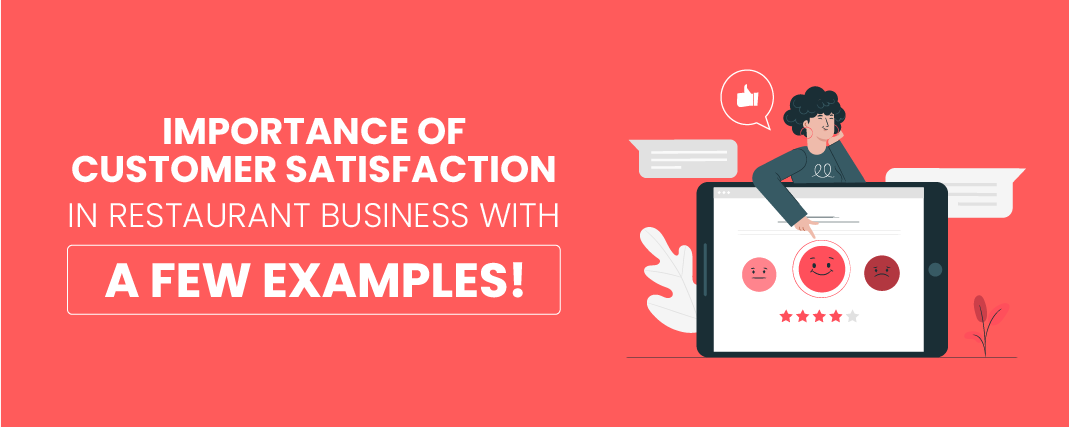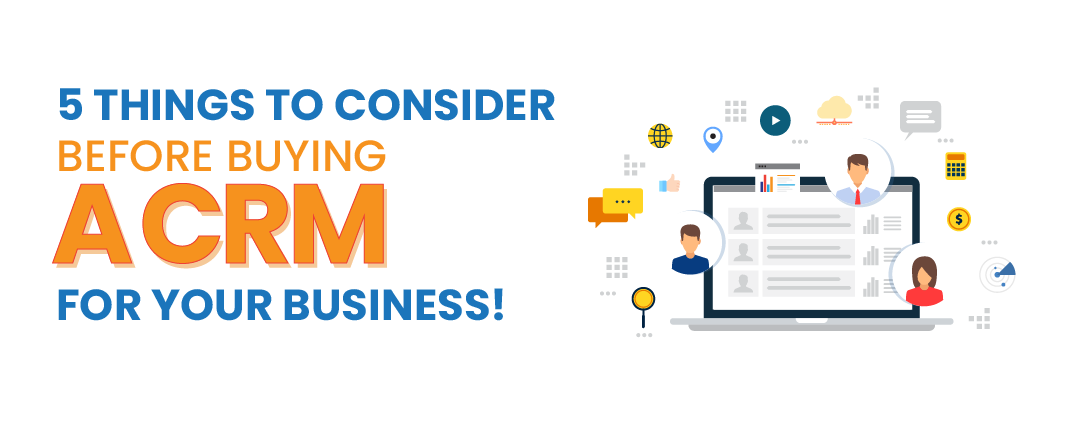
Web Development for Small Businesses: Cost-Effective Strategies


In today's digital age, having an online presence is a must for small businesses. A well-designed website can help you reach a broader audience, establish credibility, and increase sales. However, for small businesses with limited resources, web development costs can be a significant concern. In this comprehensive guide, we will explore cost-effective strategies for web development tailored specifically to small businesses. By the end, you'll have a roadmap to create an impactful online presence without breaking the bank.
In today's marketplace, consumers rely heavily on the internet to find products and services. Having a website makes your business accessible to a global audience 24/7.
A professionally designed website conveys trust and credibility to potential customers. It serves as a digital storefront where people can learn about your business, read customer reviews, and contact you.
A website allows small businesses to compete with larger counterparts. It levels the playing field, giving you the opportunity to showcase your unique offerings and brand personality.
Before diving into web development, careful planning is essential to ensure your website serves your business goals effectively.
Start by outlining your website's primary objectives. Are you looking to increase online sales, generate leads, provide information, or all of the above?
Know Your Target Audience
Understanding your target audience is crucial. Tailor your website's content and design to meet the needs and preferences of your ideal customers.
Select a domain name that reflects your brand and is easy to remember. Keep it concise and avoid special characters or hyphens.
Plan your website's content carefully. Highlight key products or services, provide valuable information, and consider starting a blog to engage your audience.
Budgeting is a critical aspect of web development for small businesses. Here's how to approach it effectively.
Determine how much you can allocate to web development without straining your finances. Consider the long-term value of a website investment.
Evaluate whether you have the skills and time to build your website using DIY website builders like Wix or WordPress. Alternatively, consider hiring a professional web developer if your budget allows.
Prioritize Features
Identify essential features for your website and prioritize them based on your budget. You can always add more features later as your business grows.
Remember that web development isn't a one-time expense. Factor in ongoing costs like domain registration, hosting, and maintenance.
Now, let's explore cost-effective strategies for web development that small businesses can adopt.
Website builders like Wix, Weebly, and Squarespace offer user-friendly, cost-effective solutions. They provide templates, hosting, and often include domain registration in their packages.
Consider using open-source CMS platforms like WordPress or Joomla. They are free to use, have a vast community of developers, and offer a wide range of plugins and themes.
Save on design costs by using pre-made website templates. Customize them to match your brand and add your content. Many templates are available for free or at a reasonable cost.
If you have some technical skills and are willing to learn, there are countless online tutorials and courses that can guide you through the web development process.
An effective website design doesn't have to be costly. Here are some design tips to make your website look professional without breaking the bank.
Simplicity is key. Avoid cluttered layouts and excessive graphics. A clean and straightforward design is often more appealing and user-friendly.
Ensure your website is mobile-responsive. Many users access websites from smartphones, so a mobile-friendly design is crucial.
Maintain a consistent branding strategy, including colors, fonts, and logos, to create a cohesive and professional appearance.
Invest in high-quality images to make your website visually appealing. You can find affordable stock photos or hire a photographer for specific needs.
Compelling content is a cornerstone of effective web development. Here's how to create it cost-effectively.
Blogging is an excellent way to create valuable content for your website. It can improve SEO, engage your audience, and position you as an industry expert.
Encourage user-generated content, such as customer reviews and testimonials. It adds authenticity and credibility to your website at no extra cost.
DIY Photography and Videos
For product images and videos, consider DIY approaches. Use a good smartphone camera and simple video editing tools to create professional-looking content.
Optimizing your website for search engines is vital to ensure it gets noticed. Here are some cost-effective SEO strategies.
Use free or low-cost keyword research tools like Google Keyword Planner or Ubersuggest to identify relevant keywords for your industry.
Optimize your website's pages by including keywords in titles, headers, and meta descriptions. Focus on creating high-quality, informative content that appeals to both users and search engines.
Local SEO
If you're a local business, focus on local SEO strategies like optimizing your Google My Business profile and encouraging customer reviews.
Testing and Launching
Before launching your website, thorough testing is essential to identify and fix issues
Invite a small group of users to test your website and provide feedback. This can help you identify any usability issues or bugs before the official launch.
DIY Testing
Conduct your testing by reviewing your website's functionality, checking links, and ensuring mobile responsiveness. Test on different browsers and devices.
Soft Launch
Consider a soft launch by making your website accessible to a limited audience initially. This allows you to address any issues that may arise before a broader launch.
Marketing and Promotion
Once your website is live, it's time to promote it effectively without straining your budget.
Social Media
Leverage social media platforms to promote your website. Create engaging content, run targeted ads, and engage with your audience.
Email Marketing
Build an email list and use email marketing to inform subscribers about your website, promotions, and valuable content.
Partner with local businesses or influencers for cross-promotion. This can expand your reach without a significant financial investment.
Regular monitoring and maintenance are essential to keep your website running smoothly.
Use free tools like Google Analytics to track website performance, user behavior, and conversion rates. This data can guide your ongoing improvements.
Regularly update your website's software and plugins to protect against security threats. Many CMS platforms offer automatic updates.
Keep your website fresh by regularly updating content, adding new blog posts, and ensuring that all information is current.
Conclusion
Web development for small businesses doesn't have to be a daunting and expensive task. By planning carefully, budgeting wisely, and adopting cost-effective strategies, you can create a professional and impactful website without breaking the bank. Remember that a successful website is an ongoing project that requires regular maintenance and updates. With dedication and the right approach, your website can become a valuable asset that helps your small business thrive in the digital age.



